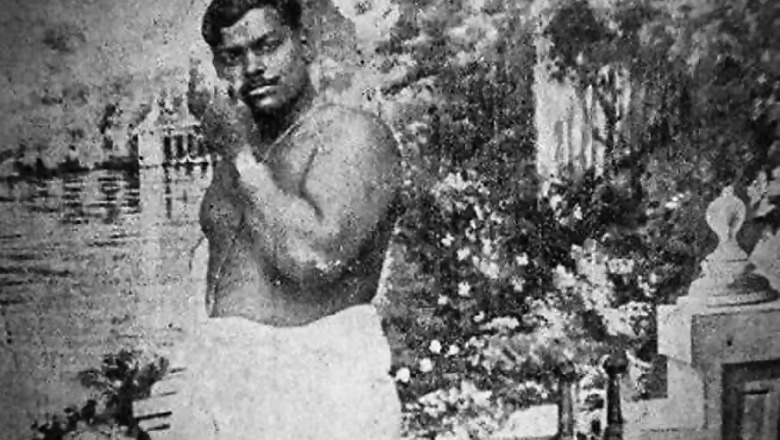
views
Delhi: February 27 is Chandra Shekhar Azad’s death anniversary. Azad on this day in 1931 shot himself while fighting against British police force at Azad Park in Prayagraj, Allahabad. Azad, who was 24 at the time of his death, left a strong legacy of valour for Indians.
Shaken by the Jallianwala Bagh Massacre of 1919, in which hundreds of unarmed Indians were killed by British troops on the orders of Acting Brigadier-General Reginald Dyer, Azad, who was highly passionate about independence, participated in the Mahatma Gandhi-led Non-co-operation Movement of 1920. Born on July 23, 1906, Azad was just 14 at that time.
There is an interesting story behind how he got his name Azad. When Azad got arrested for participating in the Non-Co-operation Movement, a magistrate asked his about particulars. Responding to the question, he said his name was Azad, gave his father’s name as Swatantrata and his home address as Jail. The gutsy reply to the magistrate earned him the moniker of Azad.
Although the Non-Co-operation Movement got suspended in 1922, Azad’s thirst for independence increased with each passing day and he became more aggressive. Due to his commitment to the cause of freedom, he played an active role in the Kakori Train Robbery of 1925. He later avenged the killing of Lala Lajpat Rai by shooting British police officer JP Saunders at Lahore in 1928.
Azad had taken a pledge that the police will never capture him alive. Remaining true to his pledge, he shot himself, instead of getting captured, when he found there was no escape in a long shootout with the police at the Alfred Park in Allahabad.




















Comments
0 comment